What’s in the Box
- Hybrid Brinjal White Round (F1) Seeds
- Sowing instructions printed on backside of Seed Packet
- Recyclable Pouch
Introduction
Brinjal, also known as eggplant or aubergine, is a warm-season vegetable popular in cuisines worldwide. It belongs to the Solanaceae family and is cultivated for its fleshy fruits. Native to India, brinjal comes in many varieties differing in shape, size, and color. Successful cultivation of brinjal starts with proper seed germination and continues through soil preparation, watering, and pest management. This guide walks you through every critical stage of brinjal cultivation—from seed to harvest.
Guide to the Germination Process, Soil & Fertilizer, Watering & Pest Control Requirements for Brinjal Seeds
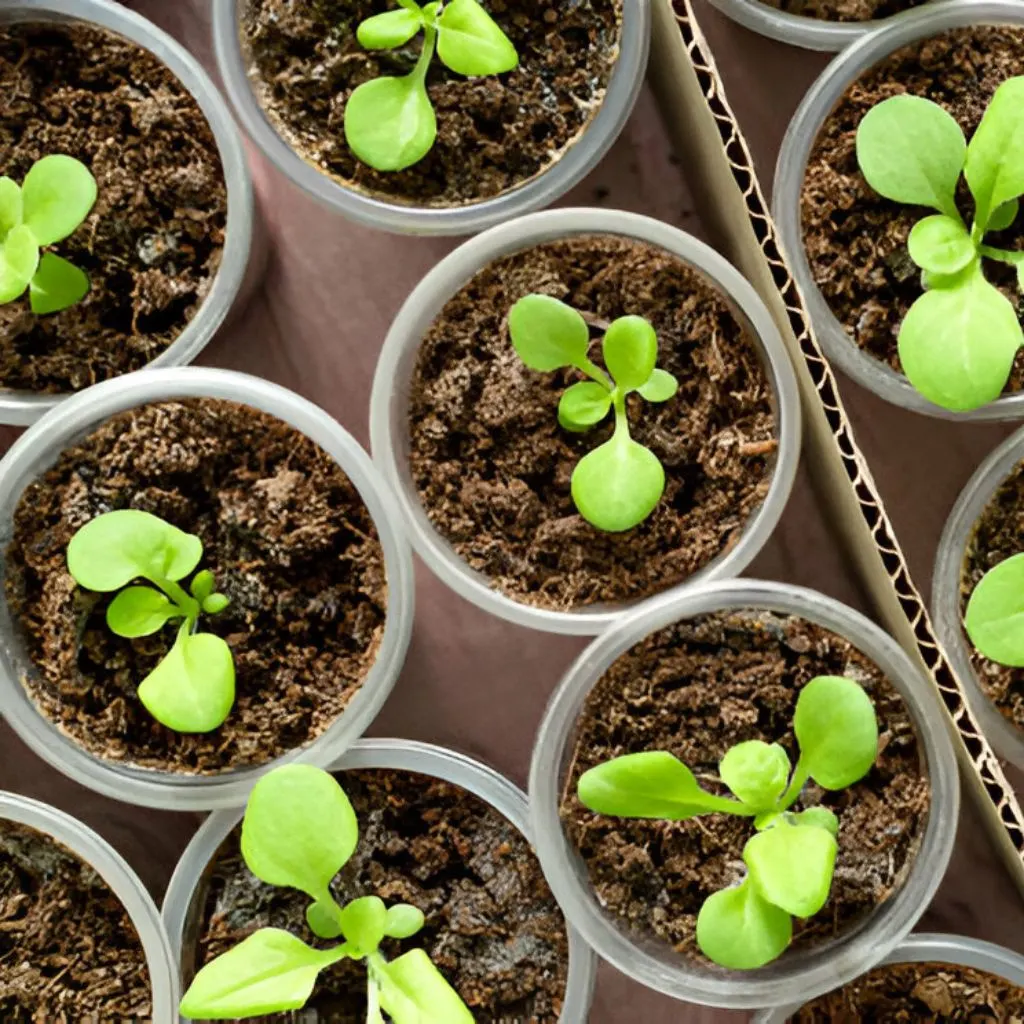
Seeds Germination Process
Seed Preparation: Before sowing, treat seeds to enhance germination and disease resistance:
- Soak seeds in warm water (about 40–50°C) for 6–8 hours. This softens the seed coat and speeds up germination.
- Optionally, treat seeds with fungicides or bio-agents like Trichoderma to protect against soil-borne pathogens.
Planting Medium: A fine, well-drained, and sterile seed-starting mix is ideal. The best medium includes:
- 1 part garden soil
- 1 part cocopeat or peat moss
- 1 part vermicompost or compost
- Optional: A handful of sand or perlite to improve drainage
Ensure the mix is free of weed seeds and pathogens.
Planting
- Fill seed trays or nursery beds with the prepared medium.
- Sow seeds about 0.5 to 1 cm deep.
- Space seeds about 1–2 cm apart in trays, or line sowing with 5 cm row distance in beds.
- Cover seeds lightly with the medium or fine sand.
Containers: You can start brinjal seeds in:
- Seedling trays
- Small pots
- Raised nursery beds (1 meter wide)
- Recycled plastic containers with holes for drainage
For transplanting later, use biodegradable pots to reduce transplant shock.
Watering
- Keep the medium consistently moist but not waterlogged.
- Use a spray bottle or fine nozzle to mist gently and avoid seed displacement.
- Once seeds germinate, switch to light watering as required.
Temperature: Ideal temperature for germination is between 25°C to 30°C (77°F–86°F). Germination slows down below 20°C and may fail entirely below 15°C.
Light: Brinjal seeds don’t need light to germinate, but seedlings require strong light after emergence. Keep trays in a bright location with 6–8 hours of sunlight or use a grow light if indoors.
Germination Time: Under optimal conditions:
- Germination begins: 5–7 days
- Complete germination: 10–14 days
Transplant when seedlings have at least 2–3 true leaves, around 25–30 days after sowing.tions. After germination, seedlings are ready for transplanting when they have at least 2–3 true leaves, usually within 4–6 weeks.
Soil & Fertilizer Requirement
Soil Type: Brinjal prefers well-drained, loamy soil with high organic matter content. Ideal soil conditions:
- pH: 6.0–7.5
- Texture: Loamy or sandy loam
- Avoid clay-heavy or waterlogged soils.
Soil Preparation: Before transplanting seedlings:
- Plow or dig the soil to a depth of 30 cm to loosen it.
- Remove stones, weeds, and debris.
- Mix in well-rotted compost or farmyard manure at 15–20 tons per acre (or about 3–5 kg/m² for home gardens).
- Create raised beds for better drainage, especially in areas with heavy rainfall.
Fertilization: Fertilizer application supports healthy growth and fruiting.
Basal Fertilizer (Before Planting):
Top Dressing (Post-Transplant): Foliar sprays of seaweed extract, humic acid, or compost tea boost nutrient uptake organically.
Apply remaining nitrogen in 2–3 split doses at 30, 60, and 90 days after transplanting.
Supplement with micronutrients like magnesium and calcium if deficiencies appear.


Watering Requirement
Regular Watering
- Water immediately after transplanting and maintain soil moisture during establishment.
- Brinjal requires consistent watering, particularly during flowering and fruiting.
Drought Tolerance
- While brinjal can tolerate short dry spells, prolonged drought stress leads to:
- Flower drop
- Reduced fruit size
- Poor quality yield
Avoid moisture stress, especially during critical stages like flowering and fruit development.
Deep Watering
- Encourage deep root development by watering deeply and less frequently rather than shallow, frequent watering.
- Water every 2–3 days in cooler weather and daily in hot, dry conditions.
Avoid Overwatering
- Overwatering can lead to root rot, fungal diseases, and nutrient leaching.
- Always check that the top 1–2 inches of soil are dry before the next watering.
Climate Dependent: In containers, check drainage holes and adjust frequency accordingly.e watering and improve airflow to prevent fungal diseases.
In hot regions, water early morning or late evening.
During monsoon, ensure drainage to avoid water stagnation.
Pest Control Requirement
List of Common Pests
- Cabbage Worms
- Aphids
- Flea Beetles
- Cabbage Root Maggots
- Cutworms
- Slugs and Snails
- Whiteflies
- Harlequin Bugs
- Diamondback Moths
- Thrips
Solutions: Preventive Measures
- Crop rotation: Avoid planting cabbage or other brassicas in the same location more than once every 2–3 years.
- Floating row covers: Use lightweight covers to protect seedlings and young plants from flying insects.
- Companion planting: Grow plants like dill, marigold, mint, or thyme nearby to deter pests naturally.
- Mulching: Straw or wood chips help deter maggots and suppress weeds.
Organic Solutions
- Neem oil: Effective against soft-bodied insects like aphids, whiteflies, and thrips.
- Bacillus thuringiensis (Bt): A natural bacterium that targets caterpillars without harming beneficial insects.
- Diatomaceous earth: Use around plants to kill slugs, snails, and beetles mechanically.
- Insecticidal soap: Useful against aphids and whiteflies; apply directly to pests.
- Beer traps and handpicking: For slugs and snails, set out shallow dishes of beer or manually remove pests.
Chemical Control
- Use synthetic insecticides as a last resort and choose those labeled for cabbage or brassicas.
- Always follow application guidelines and observe pre-harvest intervals (PHIs).
Biological Control: Use nematodes to control soil-borne pests like root maggots and cutworms.
Introduce or encourage beneficial insects like ladybugs, lacewings, and parasitic wasps.


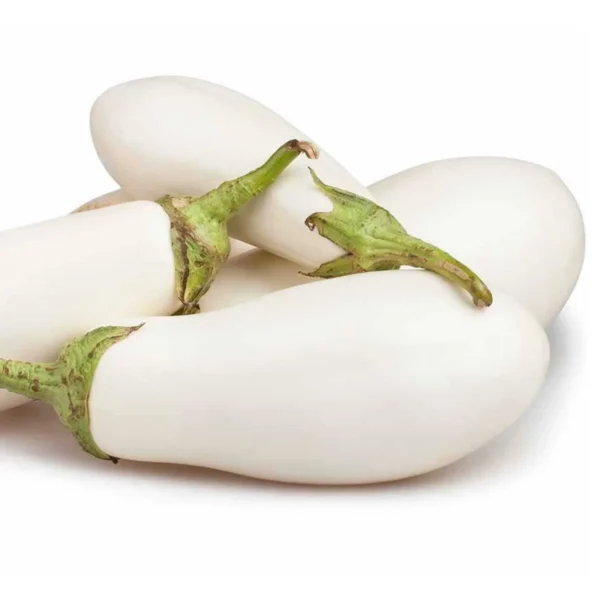
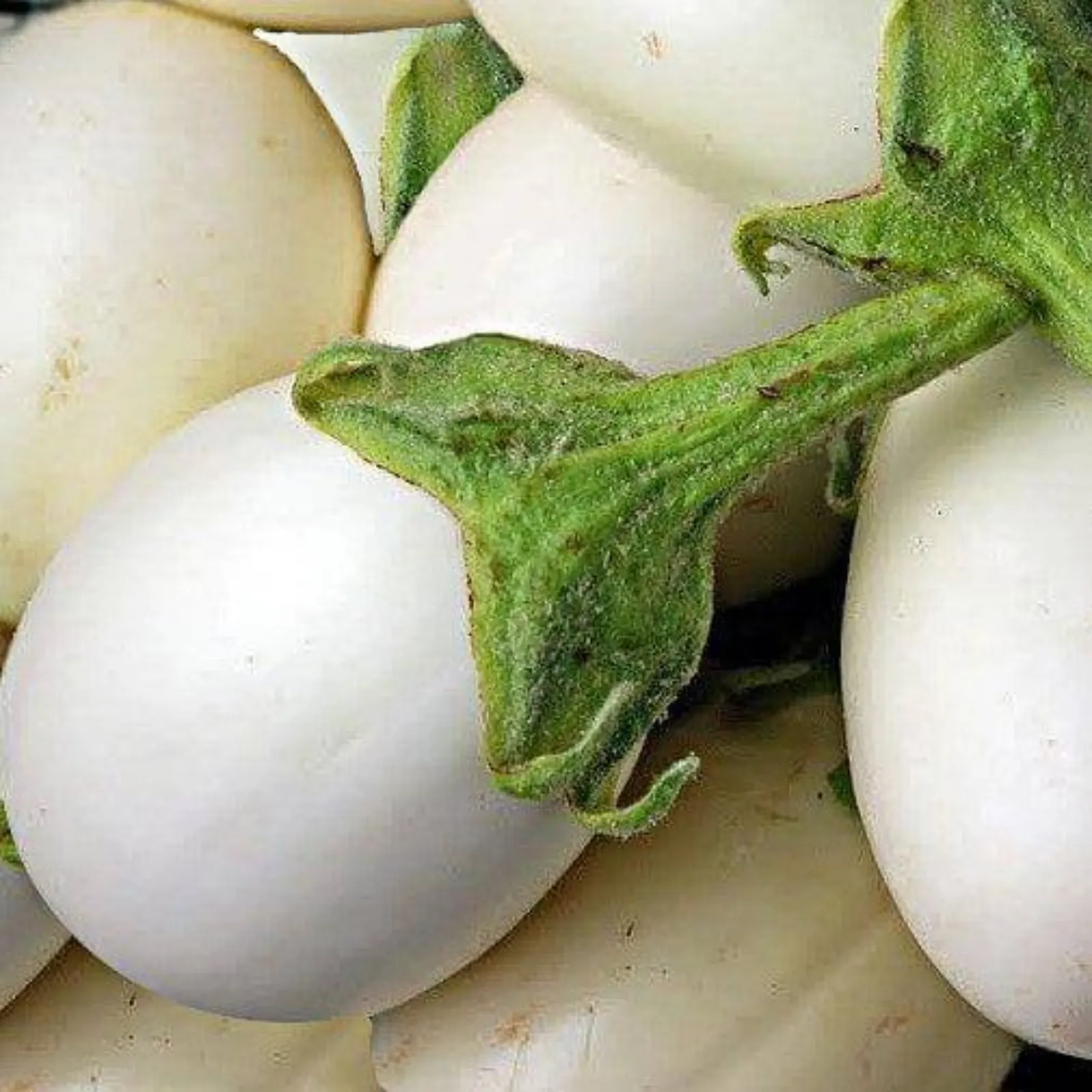
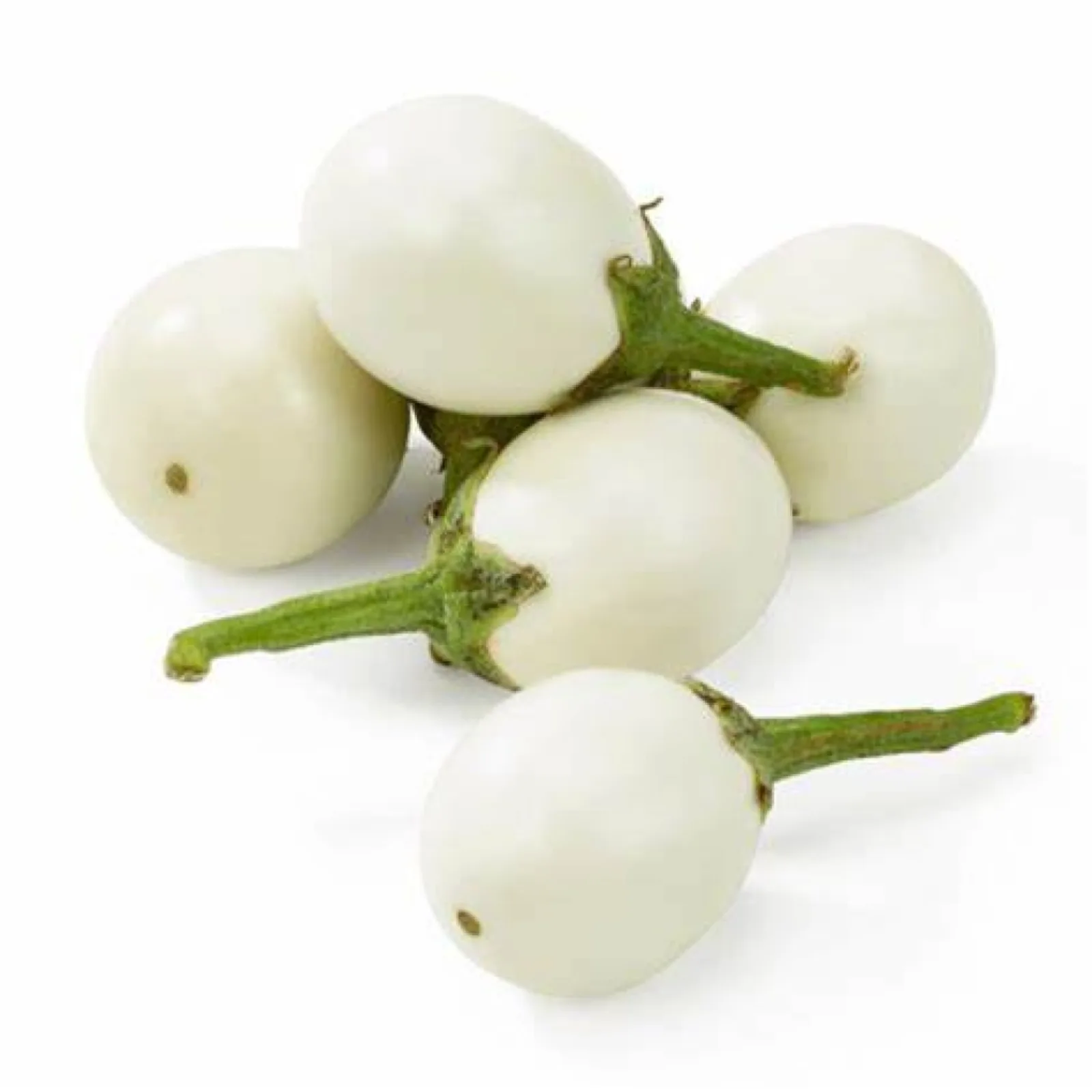
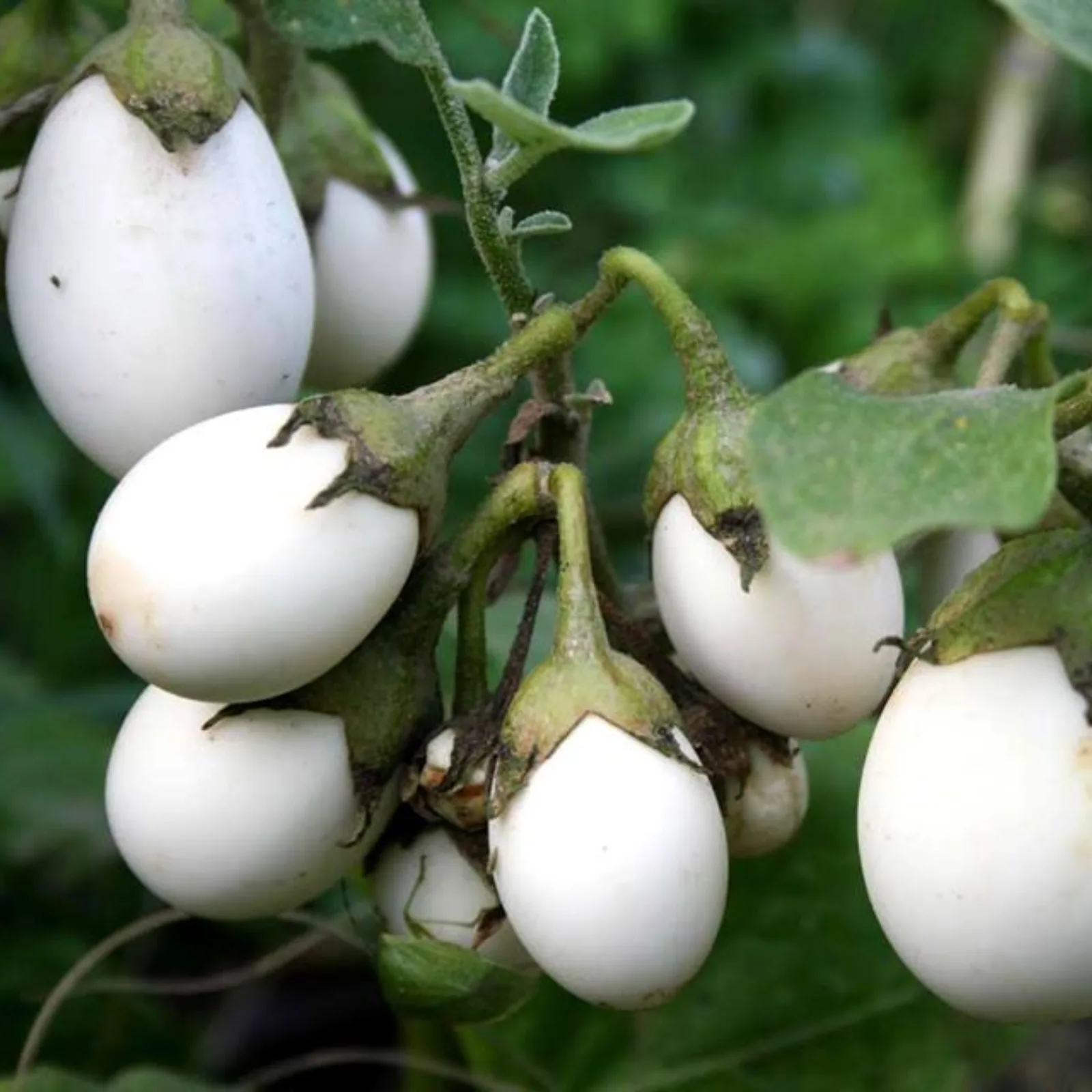
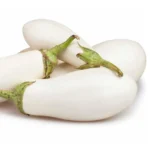
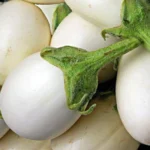
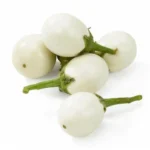
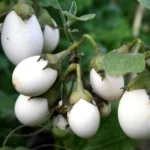
Reviews
There are no reviews yet